Springtime is for Nesting on the Forgotten Coast
By Forgotten Coast Web Team | March 4, 2021
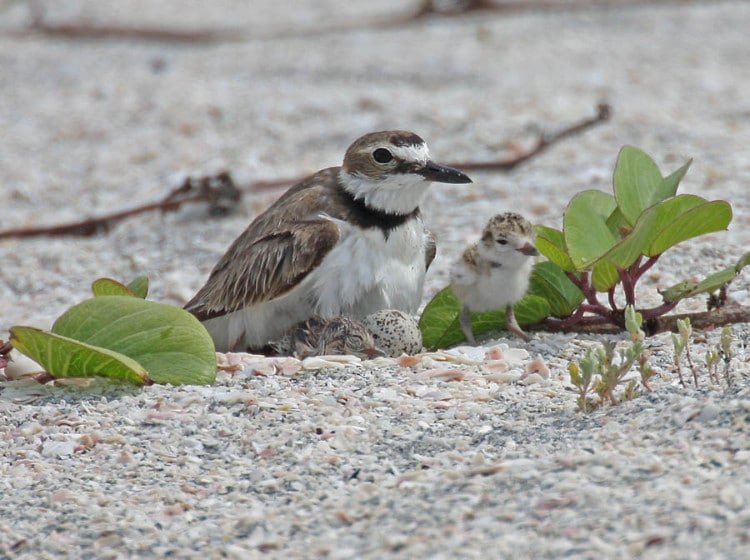
Spring is here! Thanks to the weather and undeveloped nature of the Forgotten Coast, visitors and residents have a fantastic opportunity to see many different bird species. A variety of birds travel from as far as South America to nest on our trees and shores.
What Shorebirds are here in the Spring?
There are many Shorebirds here now or arriving soon. Most are on the Yellow Watch List or are listed as a Species of High Concern because of their declining populations. With the help of conservation and protection, these bird populations will stabilize and be back to healthy numbers within the next 30 years. They include:
- Snowy plover. The Snowy plover nests in the sand and can be seen on our shores from February to August. The female leaves her mate just after her chicks hatch and searches for a new mate. Talk about moving on!
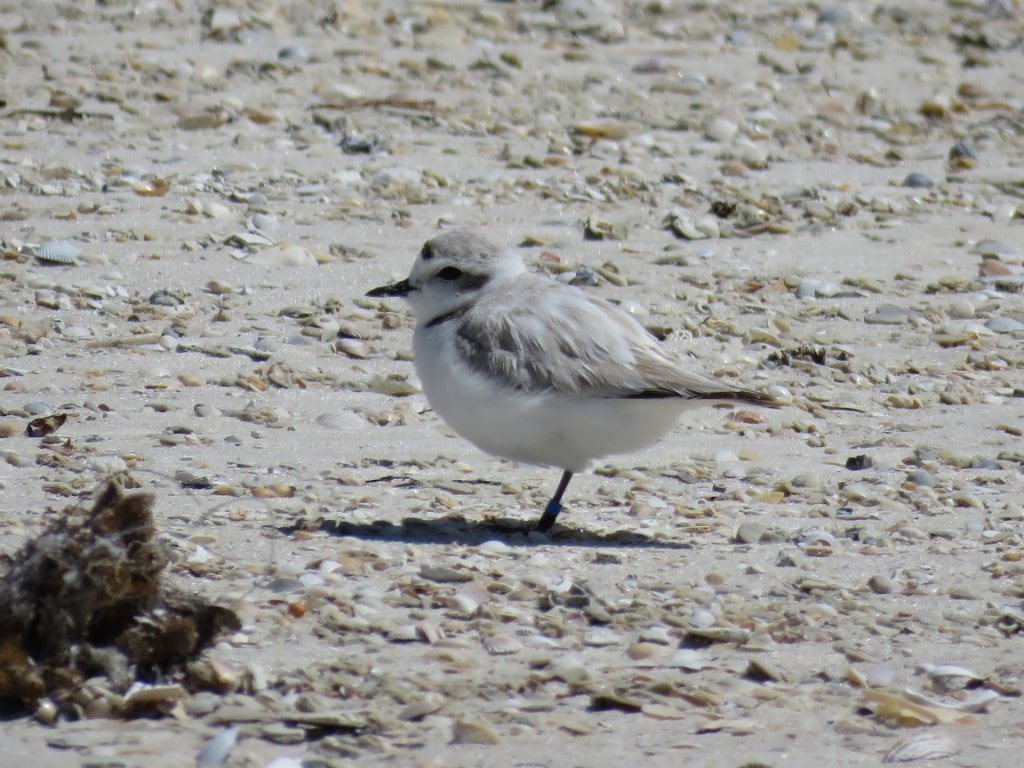
- Wilson’s plover. Wilson’s plover nests on the sand from March to August and scavenges small creatures like fiddler crabs. Wilson’s plovers have excellent acting skills and might pretend to be injured to distract you away from their nest.
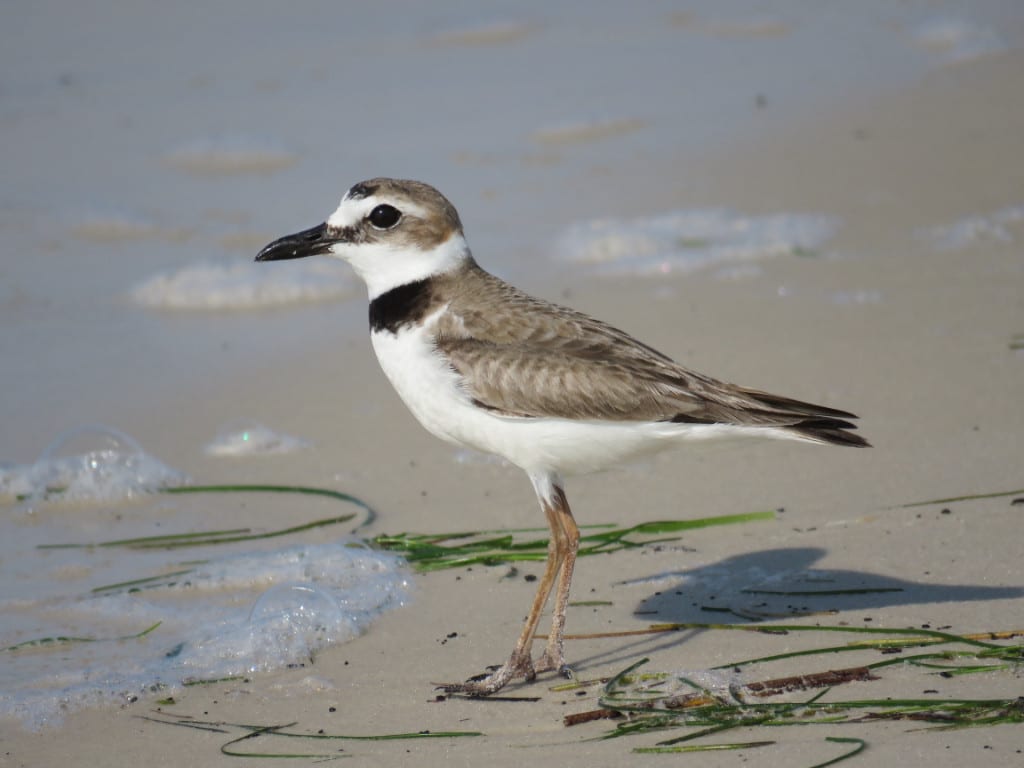
- Least terns. Least terns, the smallest of terns, nest in the sand from March to August and are listed as a Species of High Concern. Least terns are monogamous and nest in large colonies.
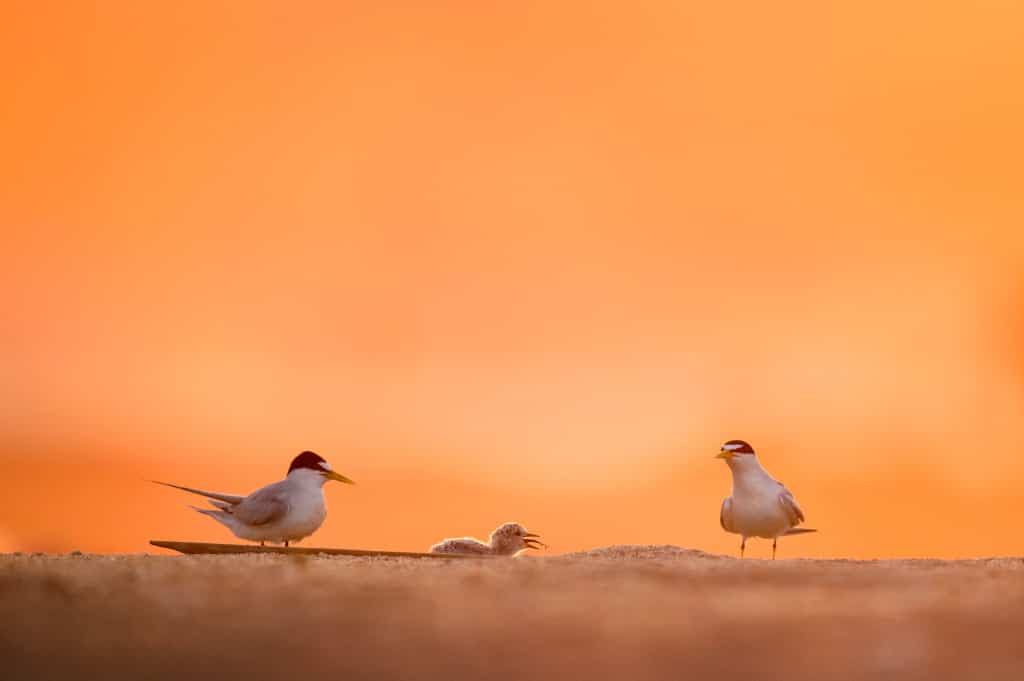
- American oystercatcher. The American oystercatcher, listed on the Yellow Watch List, lives on the Forgotten Coast year-round but nest here from March to August. They are monogamous for life and have beaks strong enough to crack open oysters and clams for food.
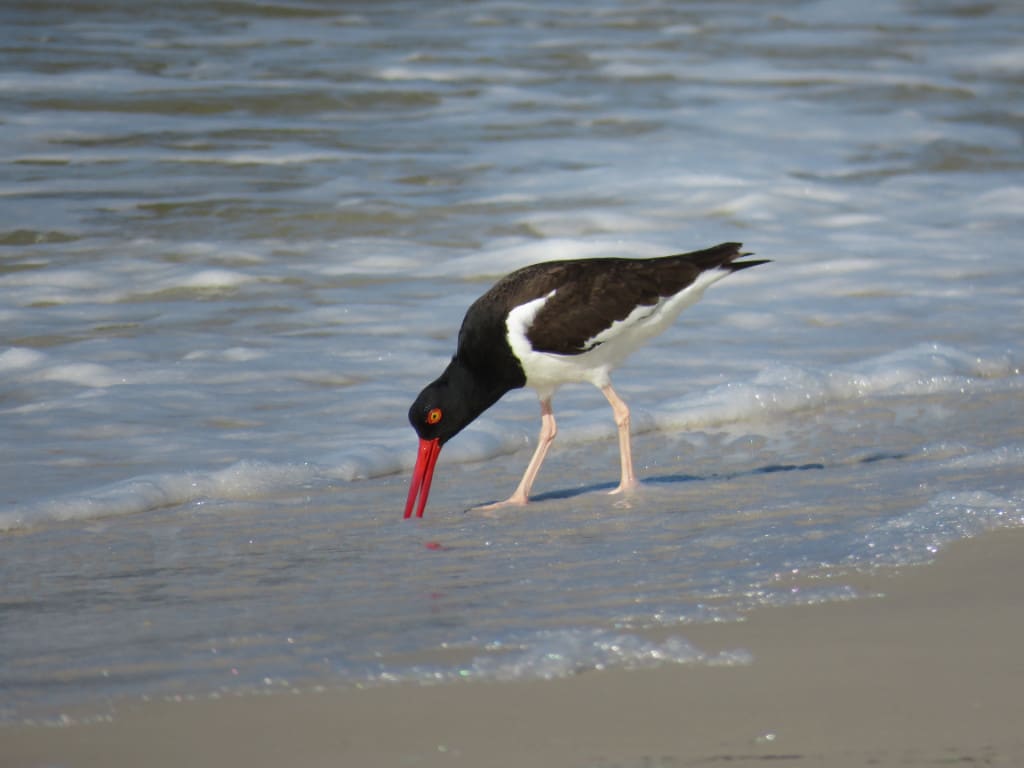
- Black skimmer. The Black skimmer, a species of High Concern, nests on our shores from March to August. They skim above the water in search of prey and nest in colonies for added protection.
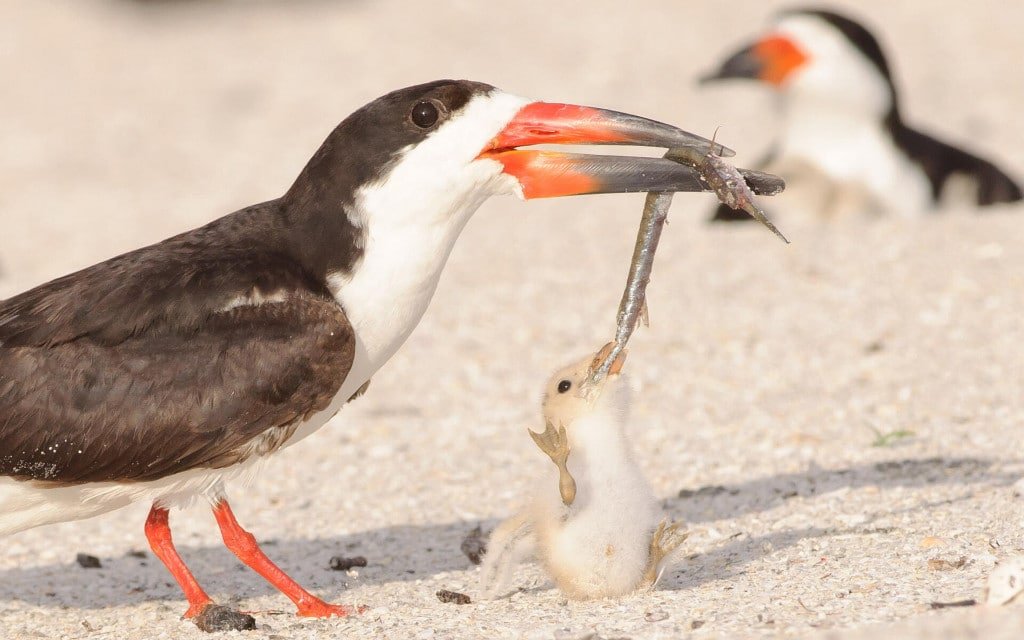
What are the roped-off areas? And why are they here?
Florida Audubon Society coordinates with the Florida Fish and Wildlife Conservation Commission, the Florida Department of Environmental Protection, and the US Fish and Wildlife Service to rope off specific nesting areas to help our Shorebirds. Even though Shorebirds have several natural predators like Raccoons, Coyotes, Laughing Gulls, and Fish Crows, humans and their pets are of great danger to nesting shorebirds. Here’s why:
- Many nests are hard to spot and are nothing more than a scrape in the sand.
- If a bird is startled to fly away from their nest, they burn quite a bit of their needed metabolic energy.
- The eggs are quite fragile and need their parents to keep them cool and sheltered from the sun. The eggs can cook in only a few minutes of the hot Florida Sun.
- If the shorebird is forced to fly away, the eggs are then vulnerable to natural and unnatural predators.
Are there any other nesting birds I should keep an eye out for?
Keep your eyes open for the Swallow-tailed Kite. This stunning, relatively rare raptor has traveled from South America to nest in our trees. One noticeable feature of the black and white Swallow-tailed Kite is that it rarely flaps its wings and seems to coast through the sky. Swallow-tailed Kites eat mostly flying insects (even wasps), but they are known to grab an occasional lizard, frog, or small snake to feed their young. And adult Swallow-tailed Kites usually eat while they are flying, rarely stopping to perch during the day.
Birds, in general, are harbingers of news, and in our case–good news. A healthy bird population is an indication of a healthy, natural environment. Watching Shorebirds and other unique species is a treat on the Forgotten Coast. You can help us keep our area uniquely pristine for the over 380 species of birds living or traveling through here. From Alligator Point to St. Vincent Island, the Forgotten Coast shoreline has roped areas guarding nesting zones. Please keep your dog on a leash, respect the roped-off areas, stay out of them, and don’t approach or linger near Shorebird nests.


